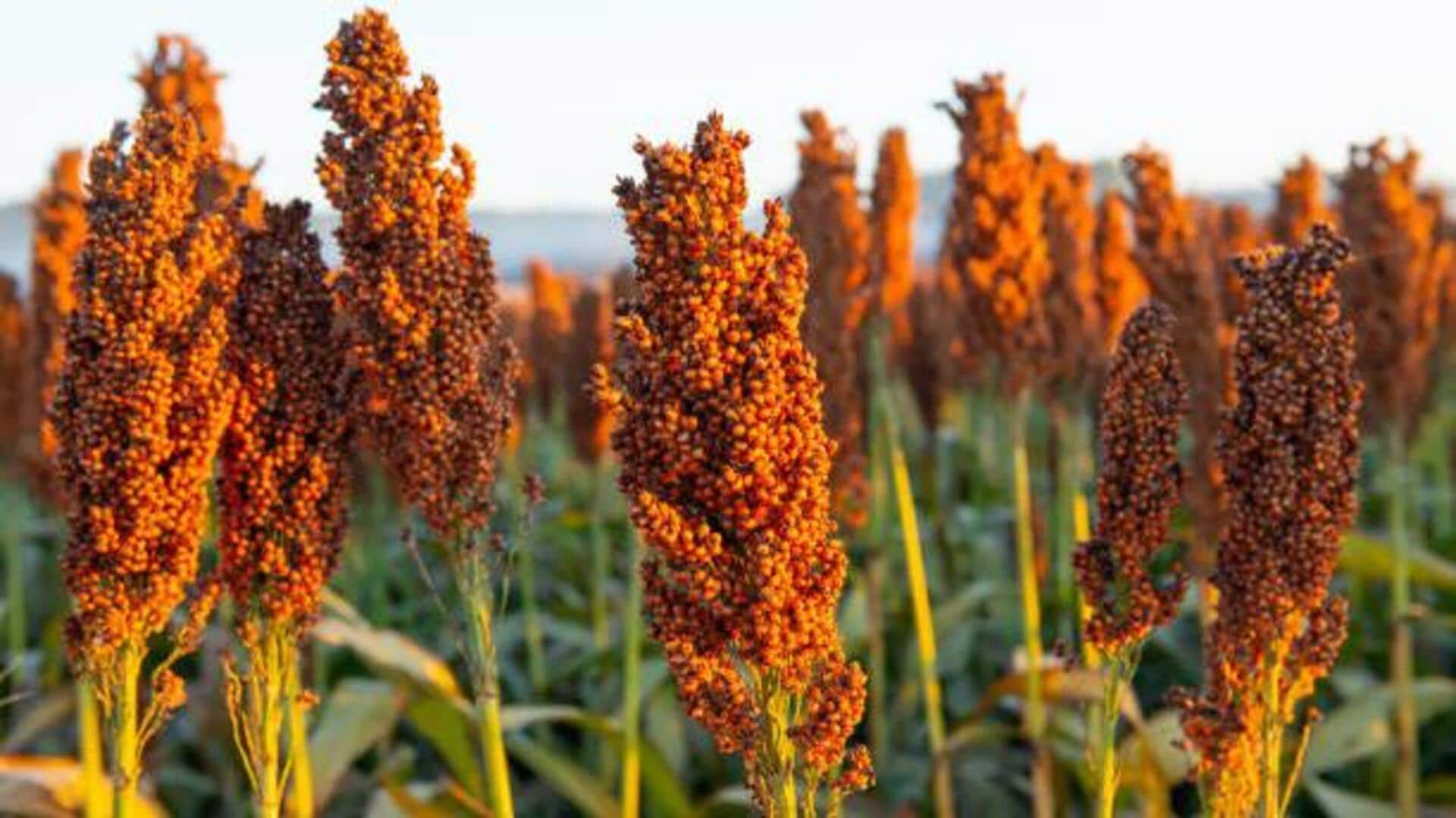
Try these dishes featuring sorghum stalks
What's the story
Sorghum is a versatile crop commonly cultivated in Africa. It is resilient, nutritious, and widely grown. While the grains are used in several dishes, sorghum's stalks also have unique culinary applications across the continent. Not only do they highlight resourcefulness, but they also promote sustainable practices by using every part of the plant. Here are five unusual ways sorghum stalks feature in meals in Africa.
#1
Sorghum stalk as a sweetener
In some parts of Africa, sorghum stalks are used to chew as a natural sweetener. The juice from these stalks is loaded with sugars, giving a sweet taste to enhance your drinks or desserts. This gives an alternative to processed sugars and also highlights the sweetness that comes from the plant itself.
#2
Fermented sorghum stalk beverage
Another innovative use involves fermenting sorghum stalks, which has been documented in some African communities. The fermentation breaks down sugars and yields a mildly tangy beverage. It may be consumed alone or as an ingredient in other drinks. The method demonstrates traditional fermentation techniques while utilizing what is readily available.
#3
Sorghum stalk syrup production
Sorghum stalk syrup is made by boiling down the juice of the stalks until it thickens into a syrupy consistency. The syrup can then be drizzled over pancakes, porridge, or other food items needing a dash of sweetness. It makes an economical alternative to commercial syrups and uses parts of the plant that may otherwise go to waste.
#4
Incorporating stalk fibers into dishes
The fibrous nature of sorghum stalks makes them perfect for being used in certain dishes where texture is an important factor. In some recipes, finely chopped fibers of these stalks contribute bulk and texture without significantly changing flavor—showing how even the toughest looking can be good when cooked right!
#5
Using sorghum stalk ashes
After burning dried sorghum stalks completely down to ashes, they become useful ingredients themselves! These ashes may be added sparingly during cooking processes such as baking bread or preparing stews. Their alkaline properties help improve dough elasticity while imparting subtle earthy undertones—a testament again towards maximizing every aspect possible out from this resilient crop.